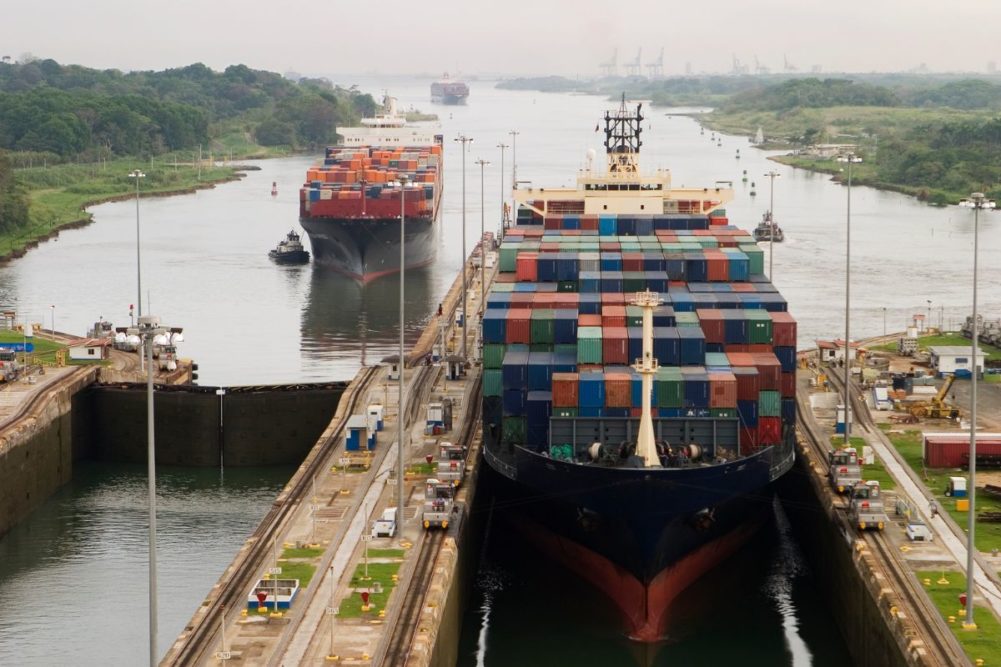PANAMA CITY, PANAMA — The Panama Canal will increase the number of daily transits to 24 starting in January, with water levels not as low as anticipated at the end of October.
At that time, the Panama Canal Authority (PCA) had adjusted the number of daily transits to 22 in December, 20 in January and 18 in February.
However, rainfall and lake levels for November were “less adverse” than expected and the PCA reported positive outcomes from water-saving measures.
Currently, 22 vessels transit daily, divided into 6 Neopanamax and 16 Panamax. This restriction is in response to the challenges posed by the current state of Gatun Lake, which is experiencing unusually low water levels for this time of the year due to the drought induced by the El Niño phenomenon. Normally, 35 daily transits are allowed.
The 24 daily transits will start Jan. 16. The PCA also will allow one booking slot per customer per date, with some exceptions for quotas offered to vessels competing through the reservation system.
Canal specialists are monitoring the current water crisis and the current limits will remain in effect until conditions warrant changes.
As 2023 is the second driest year in recorded history of the Panama Canal Watershed, the canal has implemented an operational strategy focused on water conservation and transit reliability in the face of low rainfall and the consequent decrease in lake levels.
These measures, together with direct and proactive communication with customers, have proven essential in adapting to the difficult climatic circumstances, the PCA said.
In 2022, ships carrying 36.18 million tonnes of grain — including corn, soybeans, rice, sorghum, barley and wheat — transited the canal from the Atlantic Ocean to the Pacific Ocean and 2.2 million tonnes moved from the Pacific to the Atlantic. Grain is second only to petroleum among commodities that rely on the canal.





